The pandemic and travel seem like opposites. One confined us to our homes while the other invites being far-flung from our familiar setting. How could these two achieve anything remotely similar? Here’s how it went down and why it mattered.
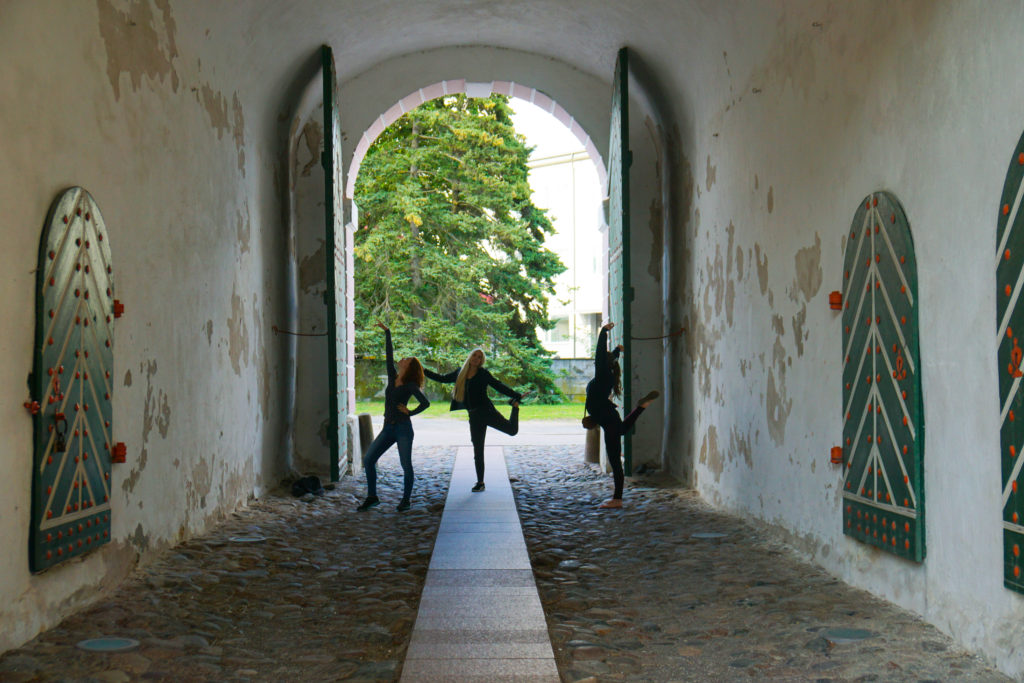
We want vibrant families. One of the strong motivators for family travel is to create stronger relationship bonds, and to shape the family’s identity overall. We want to strengthen connections, increase shared memories, and enhance the culture of who we are together.

But there’s a catch. Building relationships and shared history requires time for those interactions. Our normal lives are packed with so many distractions there’s no space for that to happen. Work, school, and friends are the biggest time commitments that keep us from spending undisturbed family time together.
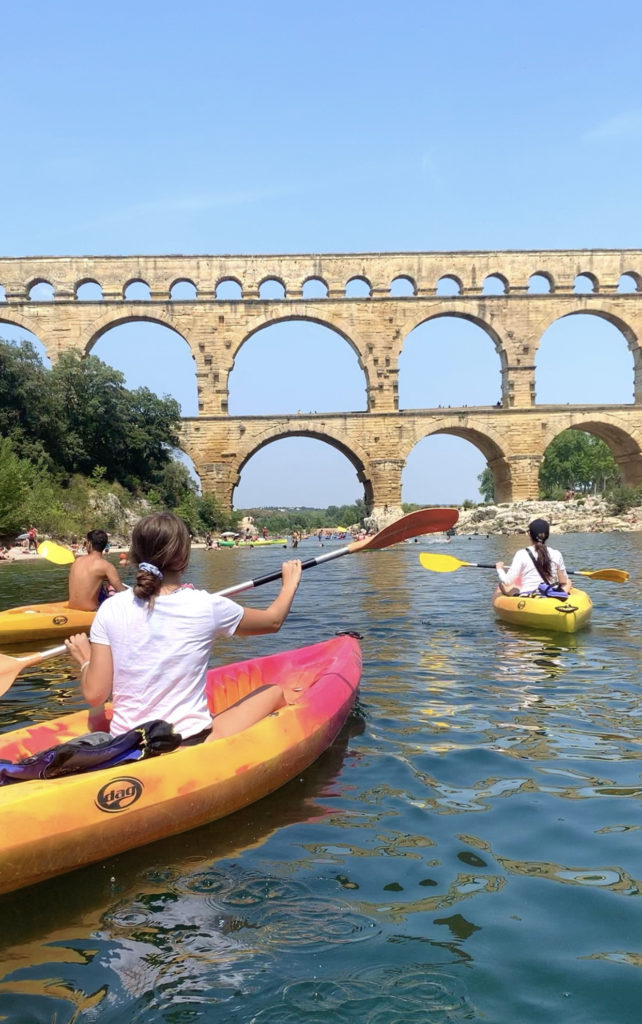
So what’s the solution? The travel bubble is the most popular way to eliminate distractions for stronger family bonding because it’s effective. The pandemic not only mandated the family bubble within our own homes, but added a huge bonus that travel could never deliver. But first, 3 similarities on how travel and the pandemic connected families.
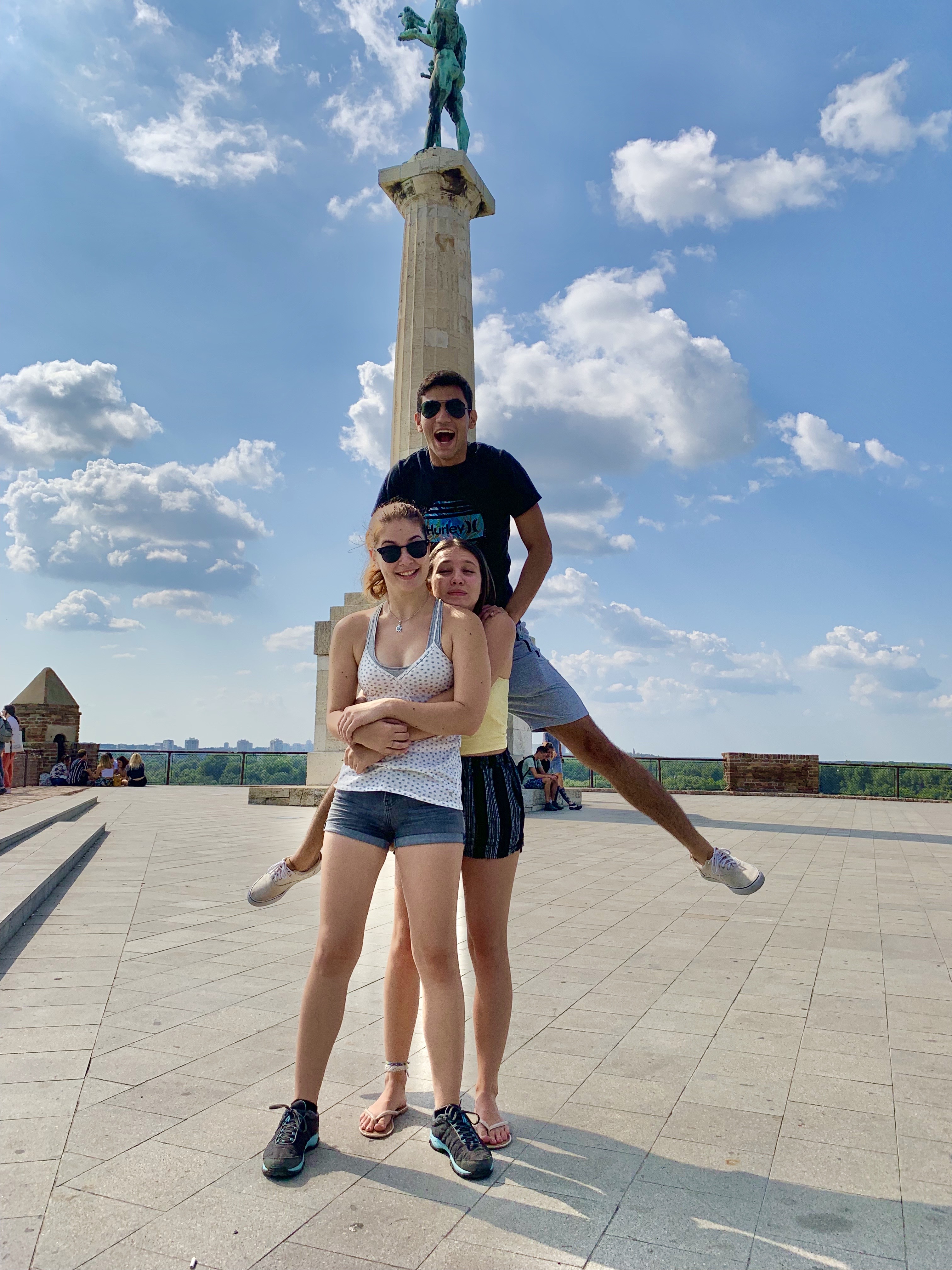
1. Physical proximity matters
Staying together in one place. When traveling, work, school, and connecting with friends is done online. The pandemic also created this reality but within our own homes. No one physically left for work, school, or friends. The result is that family members were being productive on their computers but within close physical proximity. This allowed for spontaneous discussions, questions, breaks, lunches, afternoon tea breaks or swims. We got a special peek into the window into each others’ lives—the ups and downs of their school or work day. Many extra interactions happened throughout the day which normally wouldn’t have.

2. Creating the Best Family Glue
Usually kids spend a lot of time away from the house having fun with their friends. That doesn’t happen when you travel and it didn’t happen during the pandemic. The only option for in-person entertainment was family. You ever notice how kids are drawn to hang out at some homes and not others? For whatever the reasons, some families have more fun than others.
The family bubble is a fun-creation reality check. It is also a huge opportunity to influence the personality of your family culture. Having fun together, encouraging humor and lighthearted interactions is the most effective family glue. It’s the most underrated family asset there is.
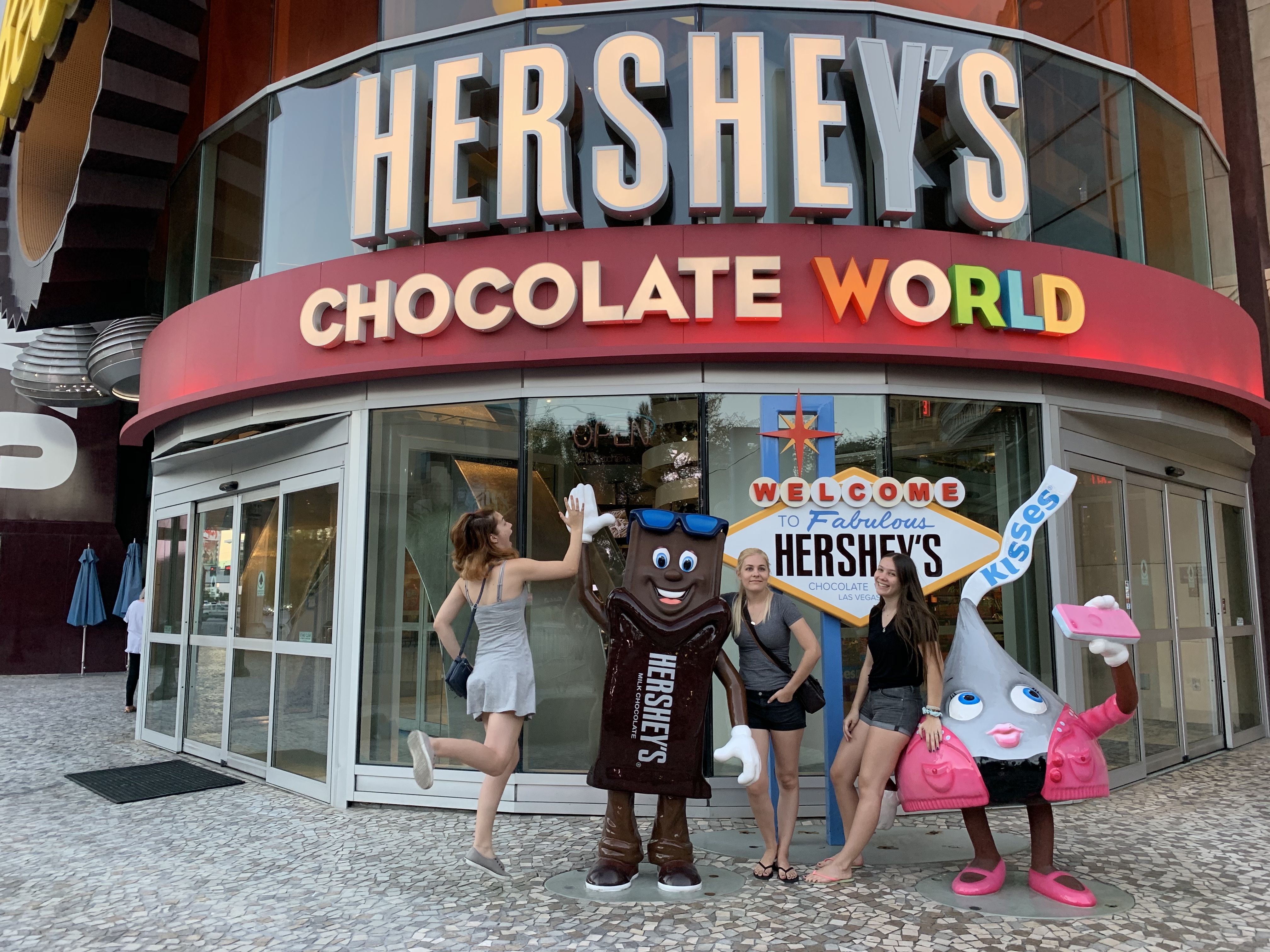
While being stuck together, you see more of each other’s sense of humor, creating hilarious memories. Our family has spent so much time amusing each other it’s like a contest, trying to make the others laugh. Quick witted, hilarious conversations become an expectation. It’s invigorating. The more you’re in this context, the more practice you get to develop your own sense of humor. Our girls are able to amuse themselves and each other. Before you know it, kids actually prefer to be around their siblings and maybe even their parents, because it’s a good time.
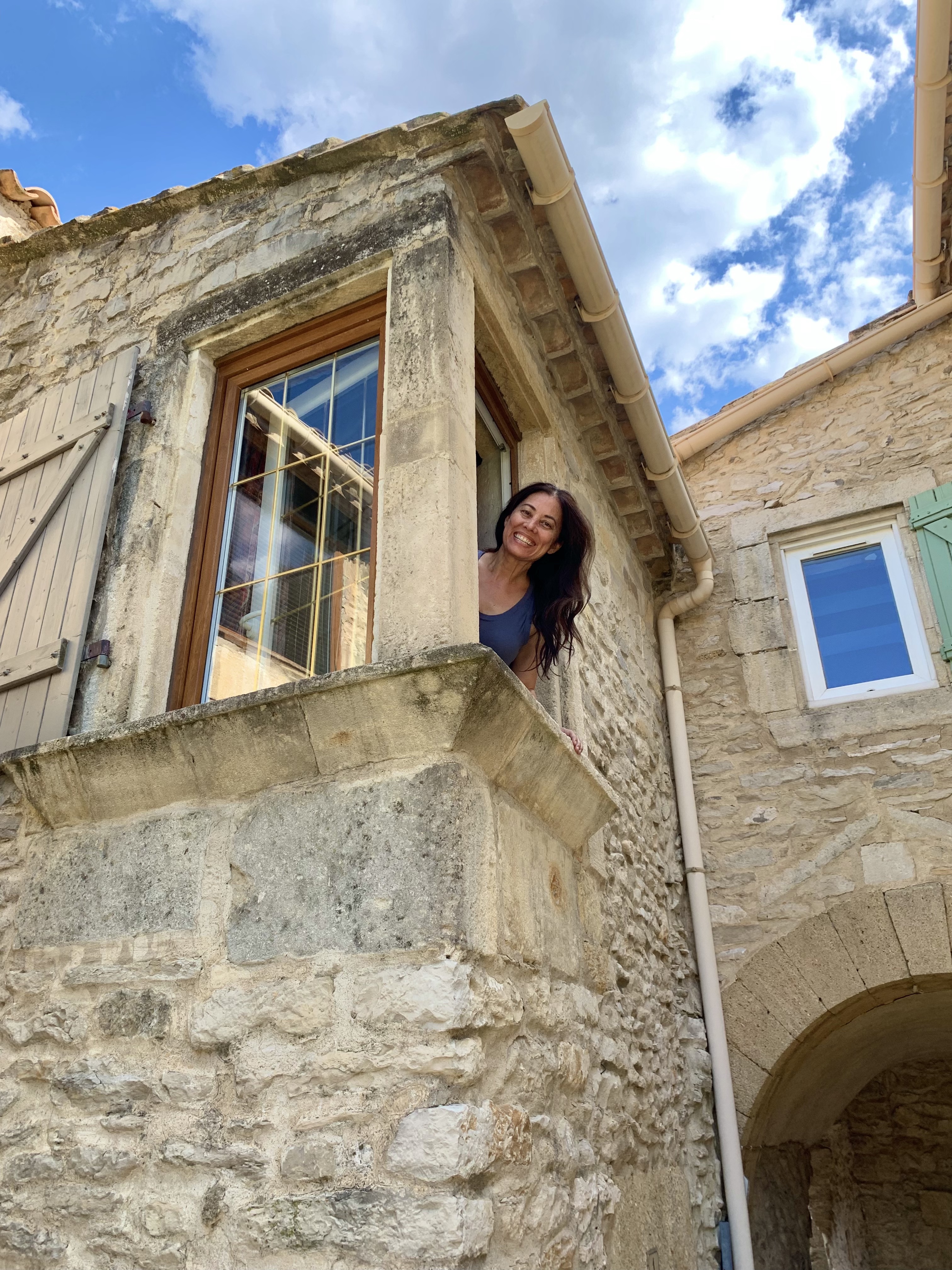
3. Getting Along
Isolating the family shines a huge spotlight on strained relationships. We have 3 girls. There have been many times we’ve set off on a trip where a couple of them can’t stand each other. Ten minutes into the trip, regret washed over me that we brought them on the trip, and maybe that we decided to have kids at all. Depends on how bad it is. But without exception, by the end of the trip, the relationship is at a new level. In a good way. They’ve usually hashed it out, ignored each other for a bit, gotten over it, and actually start liking each other again. Not because they want to, but because the proximity gives them no choice, they always learn to get along better.
Building a vibrant family culture takes an awareness of how you’ve been interacting and some intention to make it even better. And while deep connections can’t be forced, there must be time and emotional space for relationships to organically grow and expand. Removing external distractions give siblings and parents more time and opportunities to deepen connections. We had time to get to know the people we are becoming, how to better support each other, and have fun together. All key elements of building a strong family.
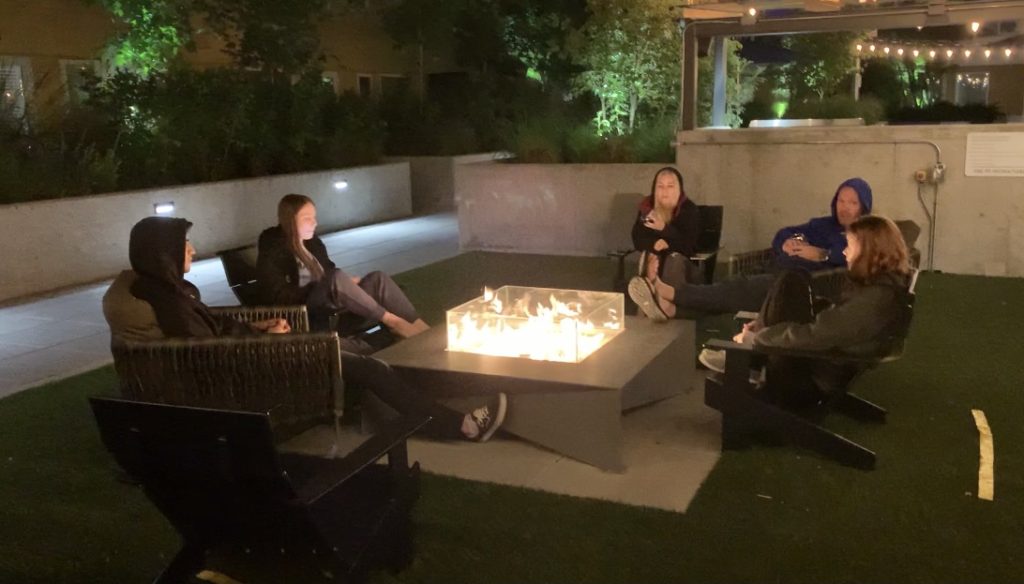
Unexpected Bonus
While travel and the pandemic had many family-building factors in common, the pandemic managed a huge bonus factor that travel never had. It eliminated the Fear of Missing Out (fomo). When traveling, kids especially are on social media seeing exactly what they are missing out on at home. They constantly have to learn to manage that fomo while seeing the world. But with the pandemic, there was zero fomo possible. You were spending time with in your little family bubble and missing out on absolutely nothing that your friends were doing without you. They were also in their mandated family bubble. The pandemic created a fomo-free environment, the likes of which we may never see again.
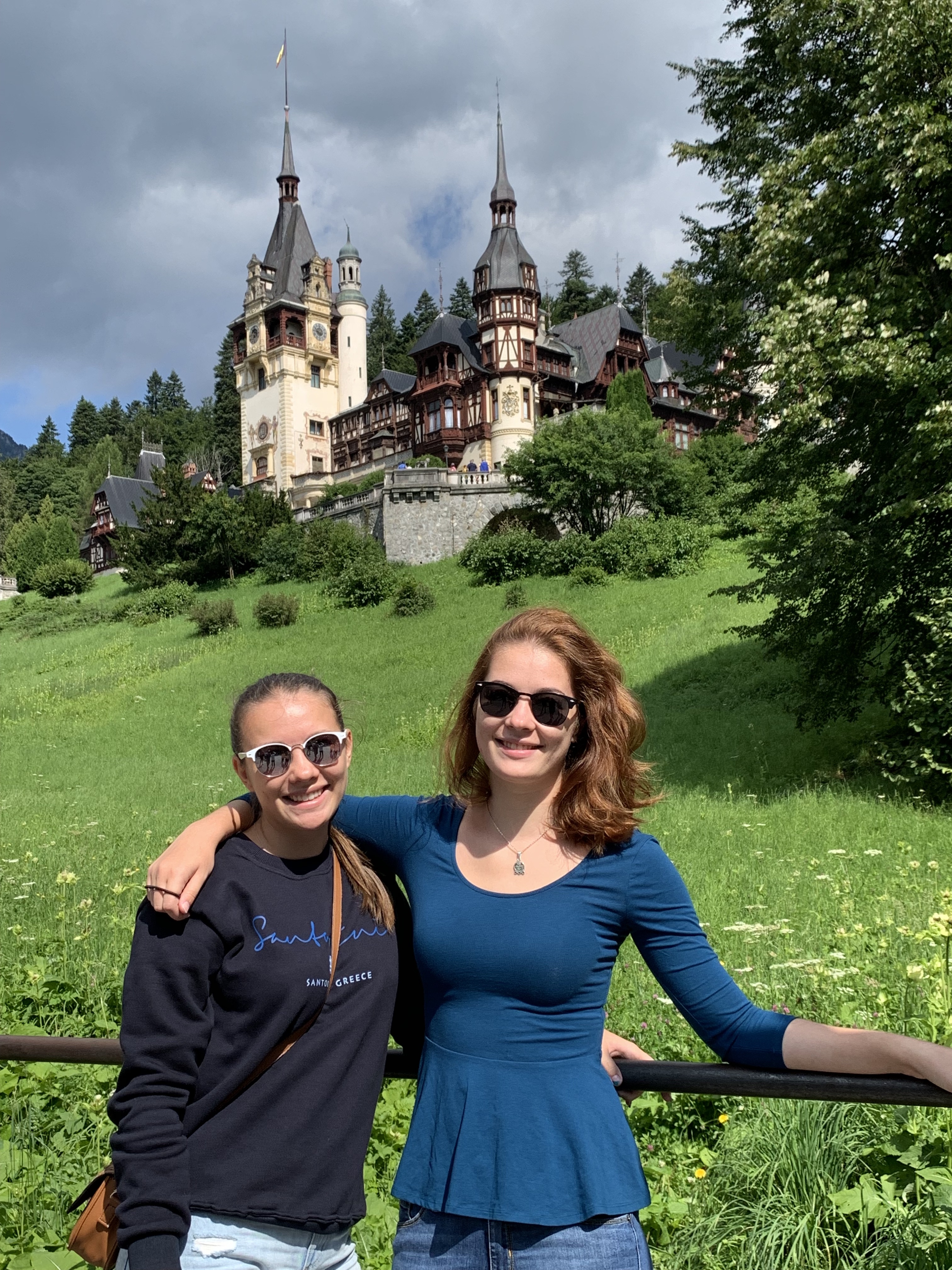
In many ways it was a year of letting go and also holding on tighter. We figured out what we could live with and who we could live without. We learned to not hold on so tight to uncontrollable external influences and to hold on tighter to the important people we love.
